Oxygen – The Visual Website Builder
Oxygen — The Visual Website Builder is an innovative and straightforward method for developing websites with WordPress. Oxygen is an amazing substance. It’s exactly how I pictured a point-and-click interface with a generator on the front end of the software. You may build any kind of website you can imagine with the help of our large component and page design library, which has everything you could possibly need.
Construct and visually alter CSS attributes from fundamental HTML components to achieve control right down to the pixel level. Are you sick and tired of theme documents being modified? That best describes us. Right inside Oxygen, you can insert and modify the output of the plugin, write JavaScript and PHP, run custom WP loops, and call functions of the WP API.
Unlimited Layout Possibilities
Combine sections, columns, and divs to create any layout.
Drag To Set Element Spacing:
To change the spacing between elements, simply drag their edges. Alternately, you might make use of automatic spacing in order to divide the available space between or around items in a uniform manner.
Create Horizontal & Vertical Layouts:
Oxygen streamlines the process of developing horizontal layouts. A number of the page builders require you to “hack” the content together using columns. Oxygen makes it easier.
Powerful Alignment Controls:
Top left? Middle right? Bottom centre? The robust flexbox-based layout engine that Oxygen utilises makes the process very simple.
Responsive By Default
You have access to unrivalled responsive customization options, but it’s highly unlikely that you’ll require them.
Automatically Responsive:
When viewed at lesser resolutions, section gutters are hidden by default. Images become smaller. Columns are stacked in a vertical fashion. Visible menus collapse into toggles. The intelligent layout engine in Oxygen has got you covered.
Take Total Responsive Control:
You have the ability to adjust the layout and alignment of elements, hide or reveal elements, reverse the order of columns, and specify different values for each and every CSS attribute according on the width of the device.
Headers & Footers Made Easy
Visually create the headers and footers for your document. It’s just like designing page content.
Put Anything in Headers & Footers:
generate the headers and footers of the page in the same manner that you generate the content of the page. Your headers and footers are free to incorporate any and all of Oxygen’s components.
Sticky Headers:
Simply check a box to have your header stick to the screen as you scroll. You have the ability to decide which components should make up your sticky header.
Different Headers & Footers For Different Site Areas:
You are free to employ a variety of headers and footers throughout the various sections of your website. Make sure that the checkout page has its own special header, and that the members’ area has a different footer.
Automatically Responsive:
On mobile devices with a narrow display, your header will stack vertically, and the menu will transform into a toggle. There is no configuration required; however, there are alternatives available for configuration if you so choose.
Embed WordPress Menus
Stack Vertically Or Horizontally:
Stack your menu links vertically or horizontally.
Multi-Level Dropdowns:
To include dropdowns in your menu, make sure the box is checked. It is possible to nest dropdowns an endless number of levels deep.
Very Configurable:
You can customise the link spacing and styles, as well as the hover borders and whether or not dropdown icons are displayed.
Automatically Responsive:
On mobile devices with a smaller display, the menu will collapse into a hamburger button. You have the ability to develop your own unique styles for the responsive menus.
Design For Dynamic Content
Create layouts for your blog’s archives, special post kinds, WooCommerce products, member portals, and any other pages you need.
Link design elements to database data.
Connect the headlines, text, picture URLs, and link URLs on your site to any data that is stored in the WordPress database.
Easily output post lists and grids.
Various Preset Post Layouts:
You can display the posts in a grid, list, or masonry style, and you can adjust the many styling choices to make the post list seem exactly like the rest of your website.
Custom Query & Filtering Options:
You can completely take control of exactly which posts are displayed by overriding the query that is set as the default. You can manually define WP Query parameters or filter results based on post type, author, taxonomy, or control ordering.
Total Customizability:
If you want complete control, you should modify the PHP, HTML, and CSS code that shows each individual post in the list.
Plays nice with plugins
Embed plugins anywhere. Point + click plugin elements to style them.
Ecommerce:
Make use of the WooCommerce plugin, the Easy Digital Downloads plugin, or any other store plugin. They are all functioning normally.
Forms:
To add forms, you can use any forms plugin. Then, in Oxygen, style the various form elements by pointing and clicking on them.
Use Any Plugin:
You are free to use any plugin you like. Oxygen functions just like any other standard WordPress theme when it comes to plugins.
Rapidly Create Pixel-Perfect Designs
It is quite easy to design websites that look beautiful while using Oxygen because of its top-of-the-line builder elements, powerful visual controls, and straightforward setup options.
Advanced Builder Elements:
Oxygen is equipped with the website builder elements necessary to create any kind of website. Included in this package are sliders, social icons, embeds for Google Maps, lightbox image galleries, and all other bells and whistles.
Powerful Visual Features:
Make use of videos as backdrop material. Change the colour of the backdrop photos to make the text easier to read. Adjust the fixed parallax of any background. Pick from among the 400 SVG icons that are already provided, or add your own icon sets. You have nothing to worry about.
Global Style Controls:
Manage global styles for things like headings, body text, and links, among other things. You can choose global fonts from Google Fonts or Typekit, or you can even upload your own custom fonts if you want.
True, Down-To-The-Pixel Control:
Other page builders who claim to offer this functionality are spreading false information because their architecture does not permit it. When you build using Oxygen, you construct using fundamental HTML elements, and you have complete control over every CSS property for every element, including its IDs, classes, and states.
Why Oxygen?
The layout engine in Oxygen is awesome. Other builders are only capable of producing vertical layouts and must rely on columns to align pieces in a horizontal fashion next to one another. The flexbox layout engine that Oxygen uses makes it simple to design layouts that are either horizontal or vertical and does not rely on columns. As can be seen in the video that follows, this results in a significant acceleration of your workflow.
Since the day it was made available to the public, Oxygen has served as a site builder. The other builders are not true site builders because they first began out as page builders and have just recently begun to offer some capabilities related to site building.
Because of the limitations of this capabilities, you will quickly discover that there are many aspects of your website that you cannot develop.
Even though Beaver Builder has a tool called “themer,” you will still need to use a theme for many aspects of your website.
You still need a theme in order to show particular post types and taxonomies, despite the fact that Elementor’s functionality for building websites grants you control over headers, footers, and some theme designs.
Not when oxygen is present. Because Oxygen was developed from the ground up to be an all-inclusive website builder and is not dependent on themes, it is significantly more powerful than the other options available. The Oxygen templating engine gives you the ability to design each and every component of your website, including headers, footers, content, and any taxonomy and post type.
The majority of page builders get their headers and footers from the theme, leaving you with few options for personalization of these elements. Both Beaver Builder and Elementor offer capability for creating headers, but we believe you’ll find ours to be more useful.
There are not enough breakpoints available in Elementor. The responsive preview in Beaver frequently fails to work properly. The responsive controls offered by other website builders are so severely restricted that they are completely unusable. Oxygen grants you complete flexibility by enabling you to select individualised values for each and every CSS property, across a range of 5 distinct device sizes.
Through the power of classes, Oxygen gives you the ability to apply the same styles to a variety of different elements. You only need to make the change to the style in one location, and it will propagate throughout all of the elements that use that class.Imagine making a section that has three icon boxes and then using that section on six different pages; this would result in a grand total of 18 icon boxes.Imagine for a moment that you wish to alter the text size, as well as the font, the colour, and the style of the icon.When using other builders, this indicates that you will need to make a total of 72 modifications, including 18 edits to the size of the icon, 18 edits to the style, 18 edits to the colour, and 18 edits to the size of the text.With the power of classes at your disposal in Oxygen, you can accomplish the same thing with only four modifications. That amounts to approximately a twentyfold reduction in labour.
You’ll notice that Oxygen has fewer constructor pieces than the other platforms, yet despite this, you still have more options with Oxygen than you have with the other platforms.
How is this possible?
Oxygen’s builder elements are more flexible.
Sliders in Elementor or Beaver? You are provided with three sliders; however, you are unable to drag content directly into the sliders themselves; as a result, you are forced to use their predetermined slider content layouts.
Sliders in Oxygen? The content that you wish to include in a slide may be dragged and dropped into it, and the look of the slide can be customised just like any other component of your page.
You are able to build a hover effect with Elementor’s CTA widget in which the text animates in while the background goes out of view. It’s quite cool. However, the Superbox element of Oxygen provides you with one hundred times more versatility, allowing you to construct a wide variety of animated transitions. Oxygen elements are more strong, more malleable, and more adaptable than their hydrogen counterparts. Oxygen enables you do more, with less.

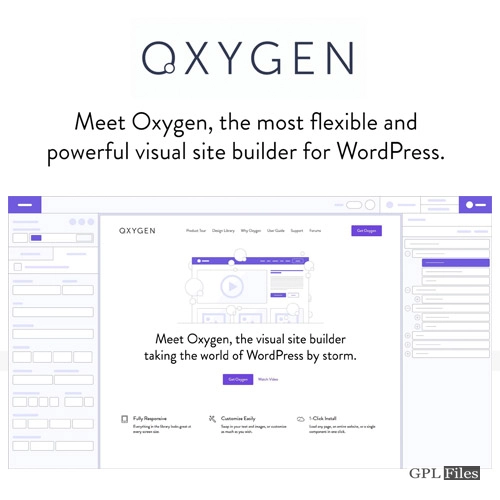
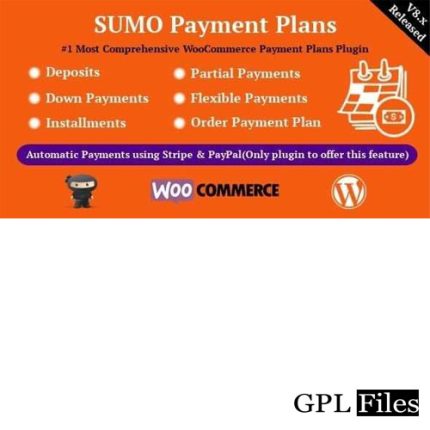
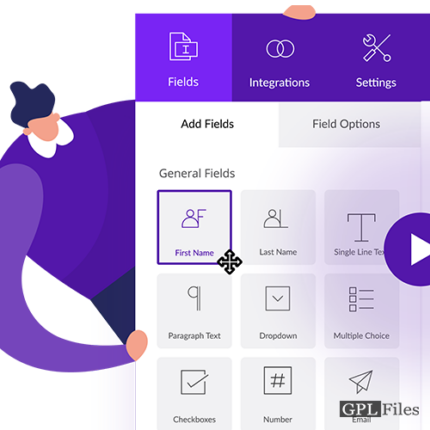
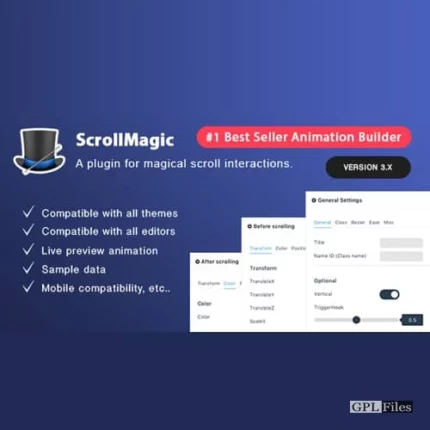
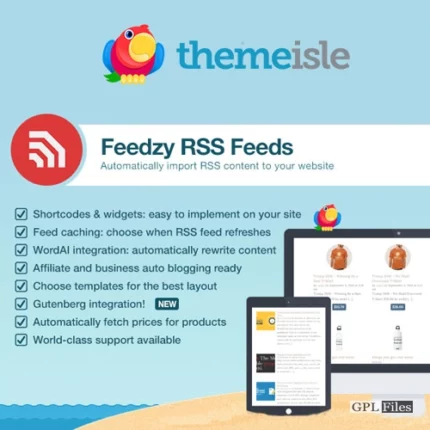
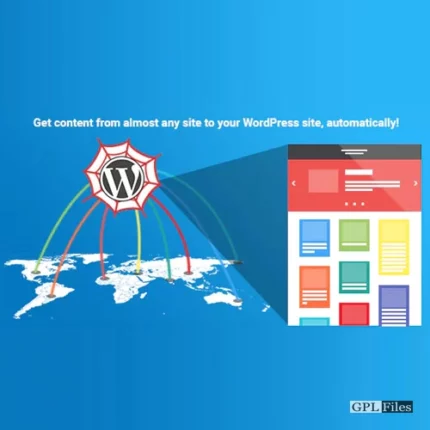
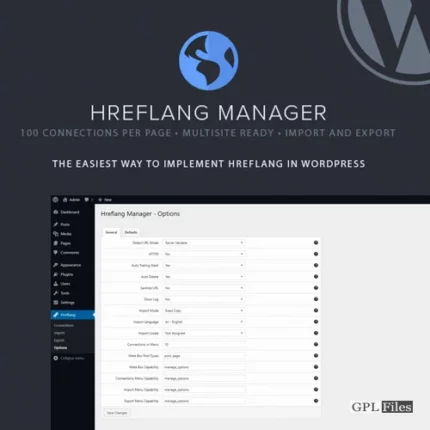
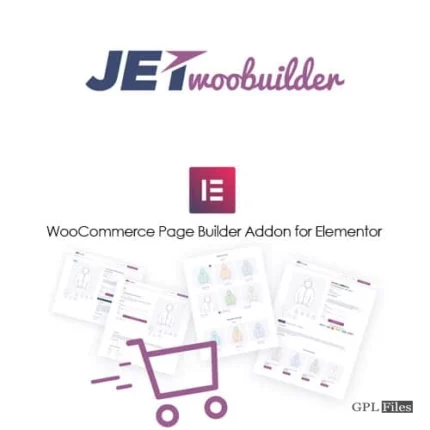
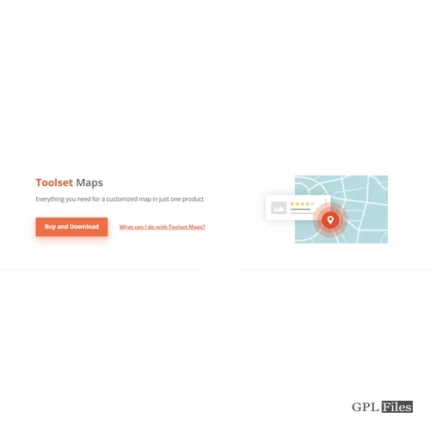
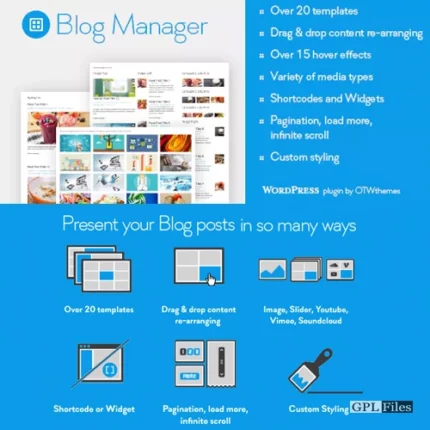
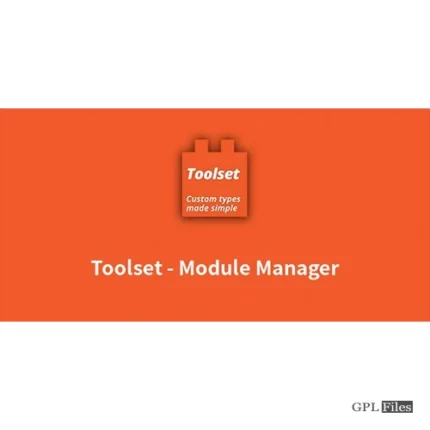

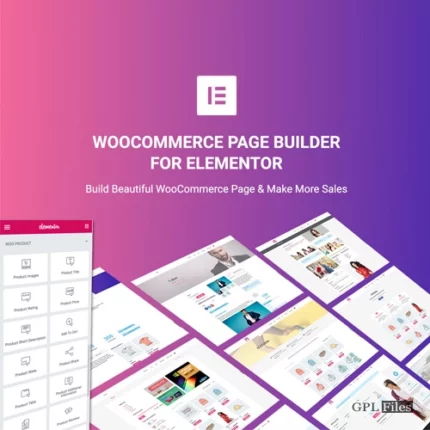
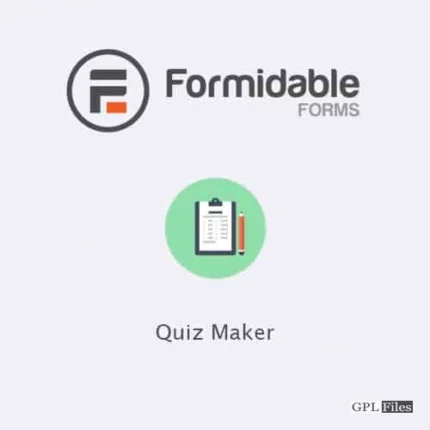

Reviews
There are no reviews yet.